The US Customs and Border Protection (CBP) announced on Sunday a sweeping expansion of its biometric tracking programme as the Trump administration continues to tighten its grip on immigration. In its latest notice, the agency stated that virtually every non–US citizen entering or departing the United States will be photographed and entered into a facial-recognition database.
The new rule covers airports, seaports, and land crossings. The agency explained that it will “implement an integrated biometric entry-exit system that compares the biometric data of foreign nationals collected upon arrival with data collected upon departure.”
Authorities noted that the initiative aims to address “national security risks, fraudulent travel documents, visa overstays, and the presence of foreign nationals without lawful admission or parole.”
No exemption for children
It is important to note that CBP has been collecting biometric data from certain foreign nationals upon arrival in the United States for several years. However, the new rule represents a significant expansion of the data collection process.
The agency stated that the expanded system would eliminate the current exemptions for children under 14 and seniors over 79 in the photograph capture process. The regulation will apply to all non-citizens — including immigrants, lawful permanent residents (green-card holders), and those in the country illegally.
CBP also indicated a preference for facial recognition as the primary biometric modality, citing its operational feasibility for large-scale deployments. The statement added that the rule would take effect 60 days from 27 October, the official date of its publication in the Federal Register.
In 2020, a similar proposal was introduced but faced opposition from civil rights groups such as the American Civil Liberties Union (ACLU) and the Immigrant Defence Project (IDP). These groups argued that facial-recognition technology is often error-prone and susceptible to demographic bias.
Impact Shorts
More ShortsThis raises concerns that non-citizens—especially those from certain backgrounds—may be misidentified, detained, or subject to additional scrutiny. CBP has argued that establishing a comprehensive biometric entry-exit system will enhance identity verification, reduce visa fraud, better detect overstays, and improve national security outcomes.
Once the rule takes effect, all travellers will be required to be photographed upon both arrival and departure. Failure to provide the required photographs could render a person inadmissible upon entry or subject to removal.


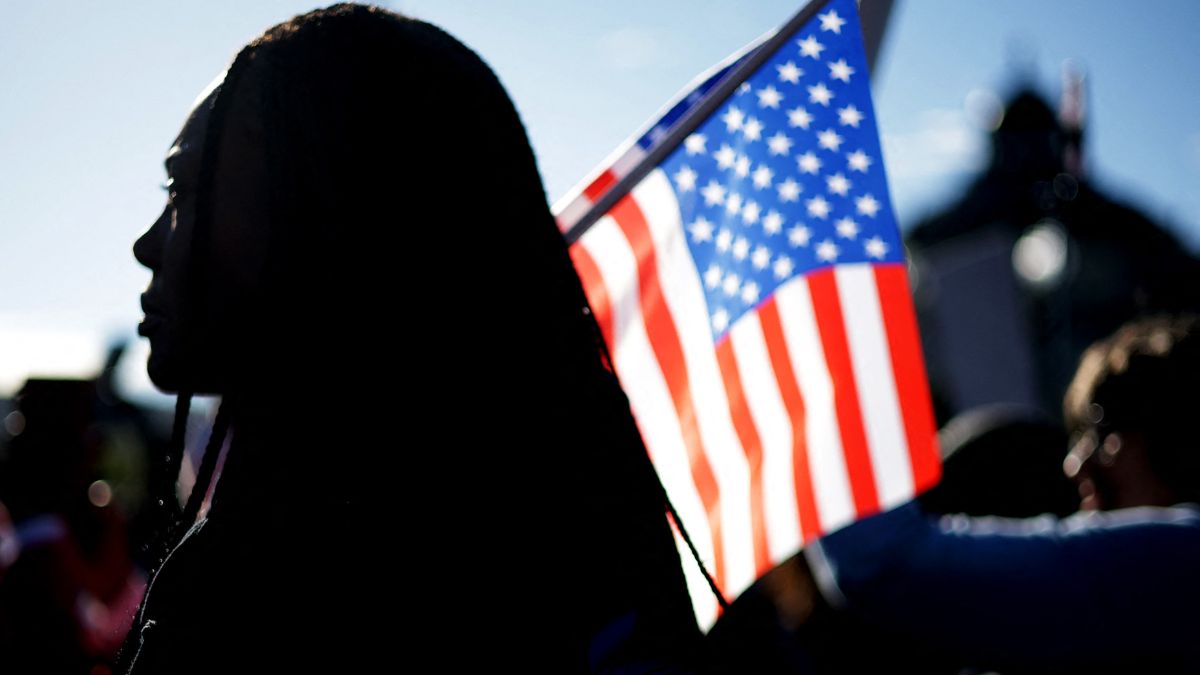)

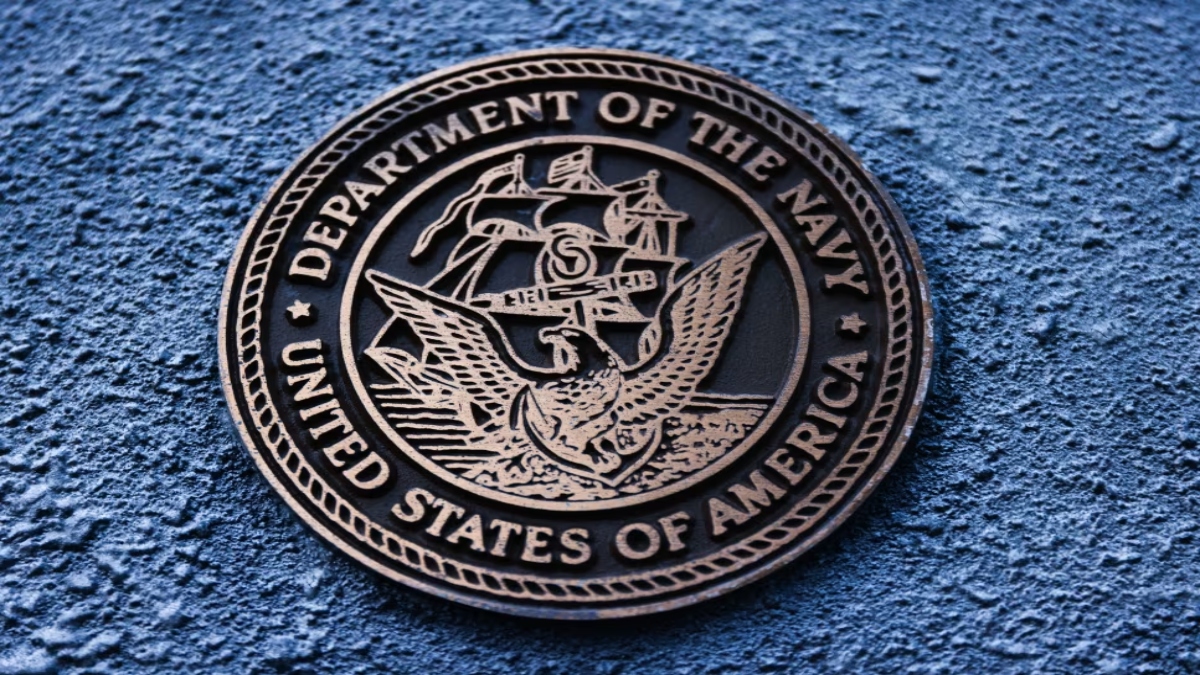)
)
)
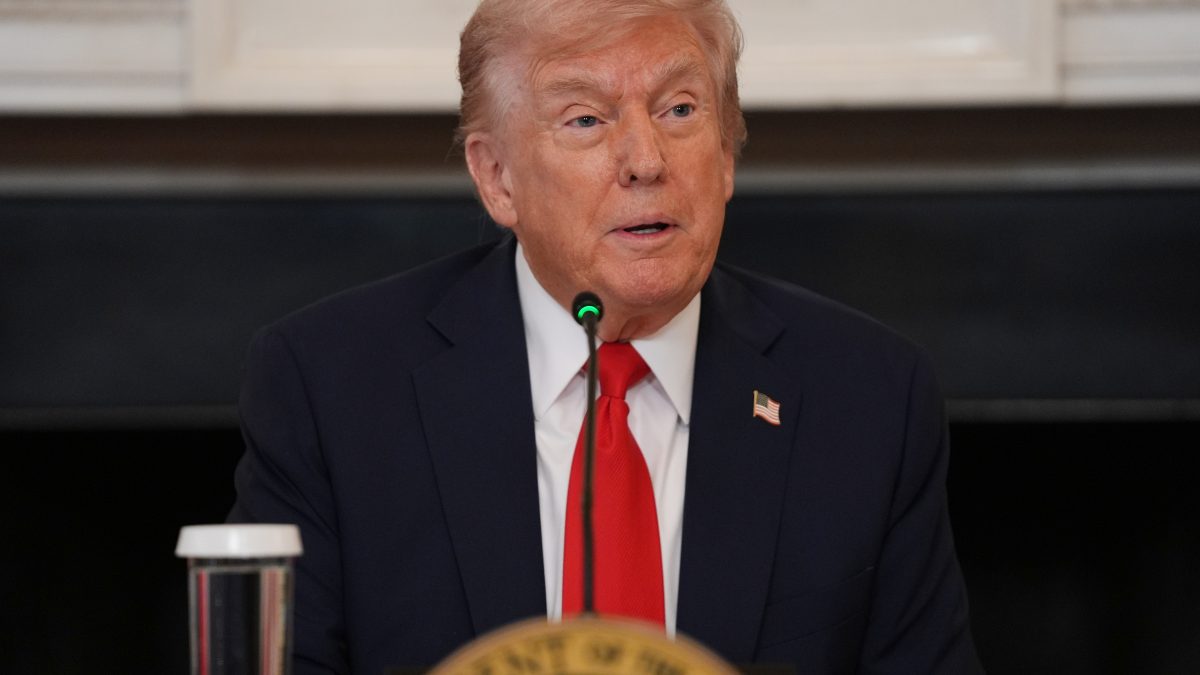)
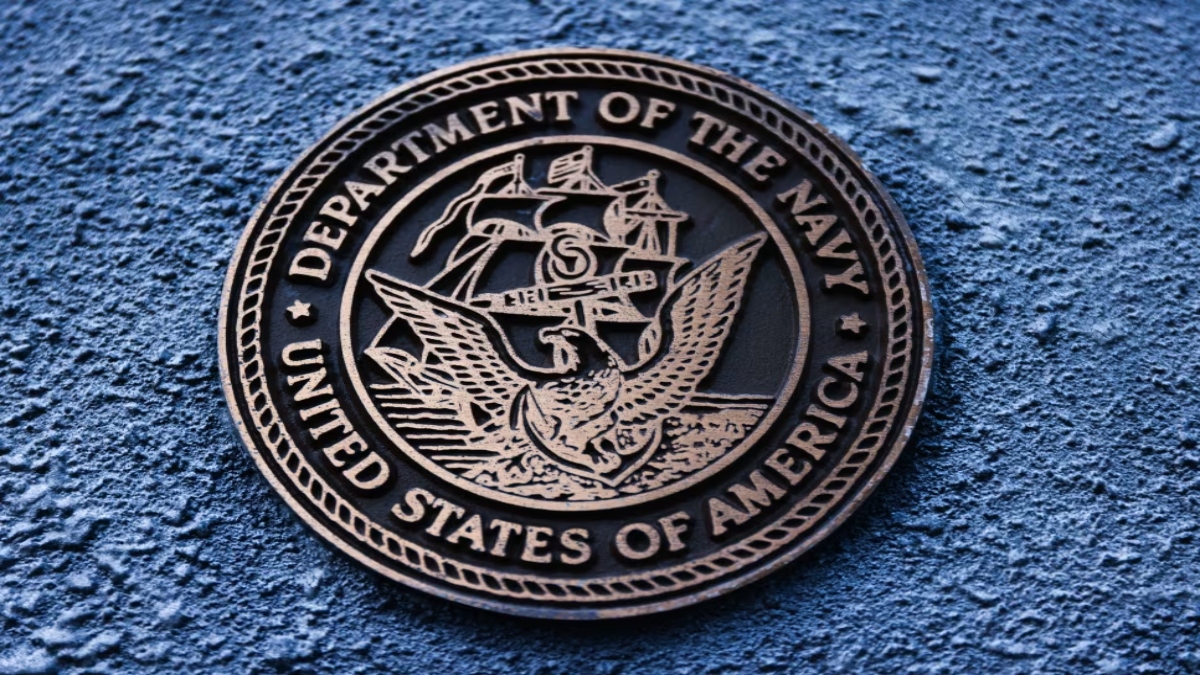)
)
)
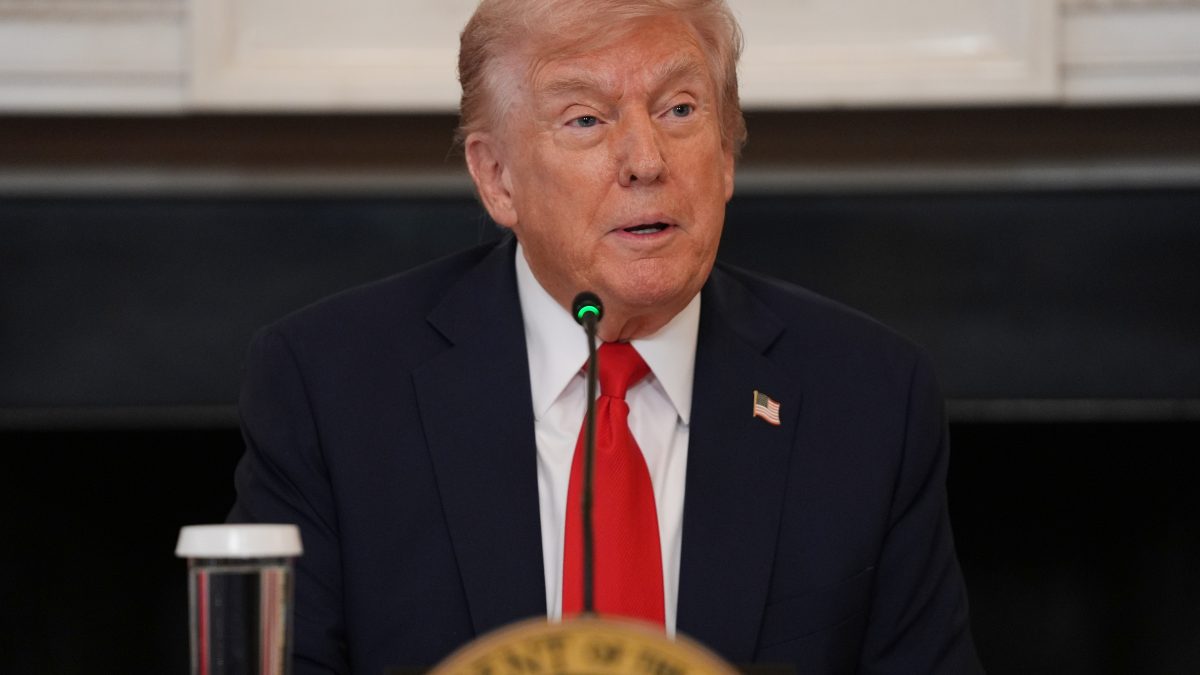)



